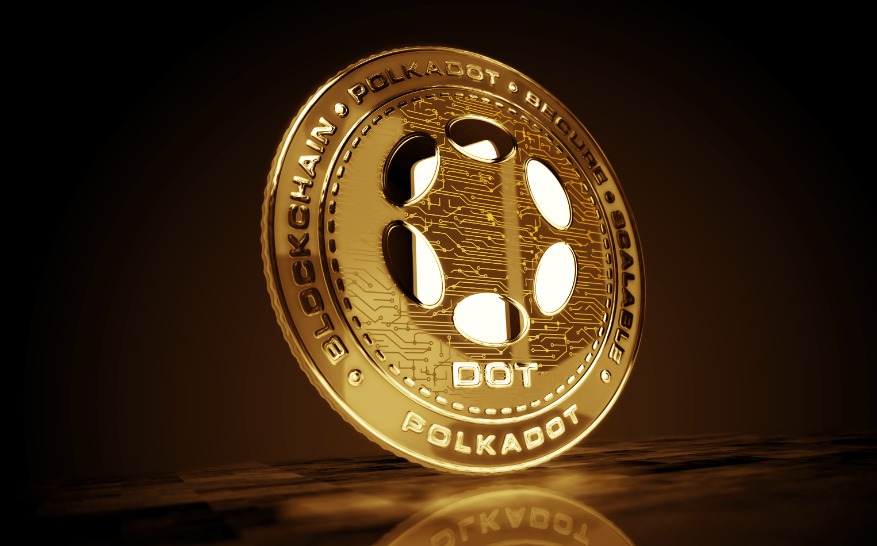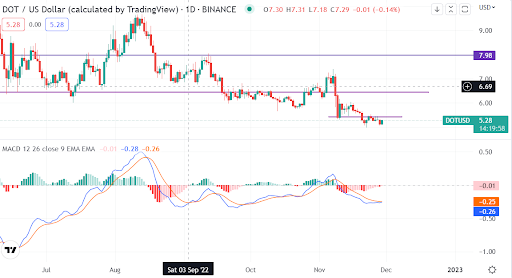
-
The Polkadot token has defended $5 for weeks
-
The ecosystem has witnessed an increase in activity
-
The token could remain vulnerable as longer-term momentum is still bearish
Polkadot (DOT/USD) trading at $5 would have been a false dream in November 2021 as it touched $55 ATH. But that is now the reality of the token of once a booming protocol labelled a Layer 0 blockchain. In case you are wondering, why Layer 0?
Polkadot was designed to operate at a deeper level compared to Layer 1 protocols like Solana and Ethereum. The brainchild of Gavin Wood, the Ethereum co-founder, provides the foundation for building other crypto projects. Polkadot was thought of as a new system that could allow different blockchains to interact. Polkadot also maintains the security of each separate blockchain built on it, called parachains. To sum it up, a Layer 0 blockchain acts like a foundational system of Layer 1 protocols.
The promise of cross-chain interoperability boosted Polkadot’s native token. It has not been the case this year, as lower crypto activity has pushed its native token back to a single-digit price. Nonetheless, as CoinJournal reported, activity is building on the Polkadot ecosystem. That has allowed DOT to defend $5 for several weeks. To an investor, does it make sense to scoop it at a low level?
DOT on a downtrend amid stability at $5

On the daily chart technical outlook, DOT maintains a long-term bearish momentum. The cryptocurrency broke below a minor support zone at $5.5. The minor level could still pose a resistance to the bulls.
The MACD indicator remains bearish. However, the bear momentum has slightly improved, implying that buyers have increased at the $5 level.
What next for DOT?
DOT price could remain subdued as the token remains in bear momentum. With the overall bear market staying put, it would be premature to buy DOT now.
Nonetheless, DOT needs to recapture minor support at $5.5 to consider a short-term price appreciation. For a longer-term move, the token must regain the $6.5 level. Otherwise, DOT will remain vulnerable to $4.5.

